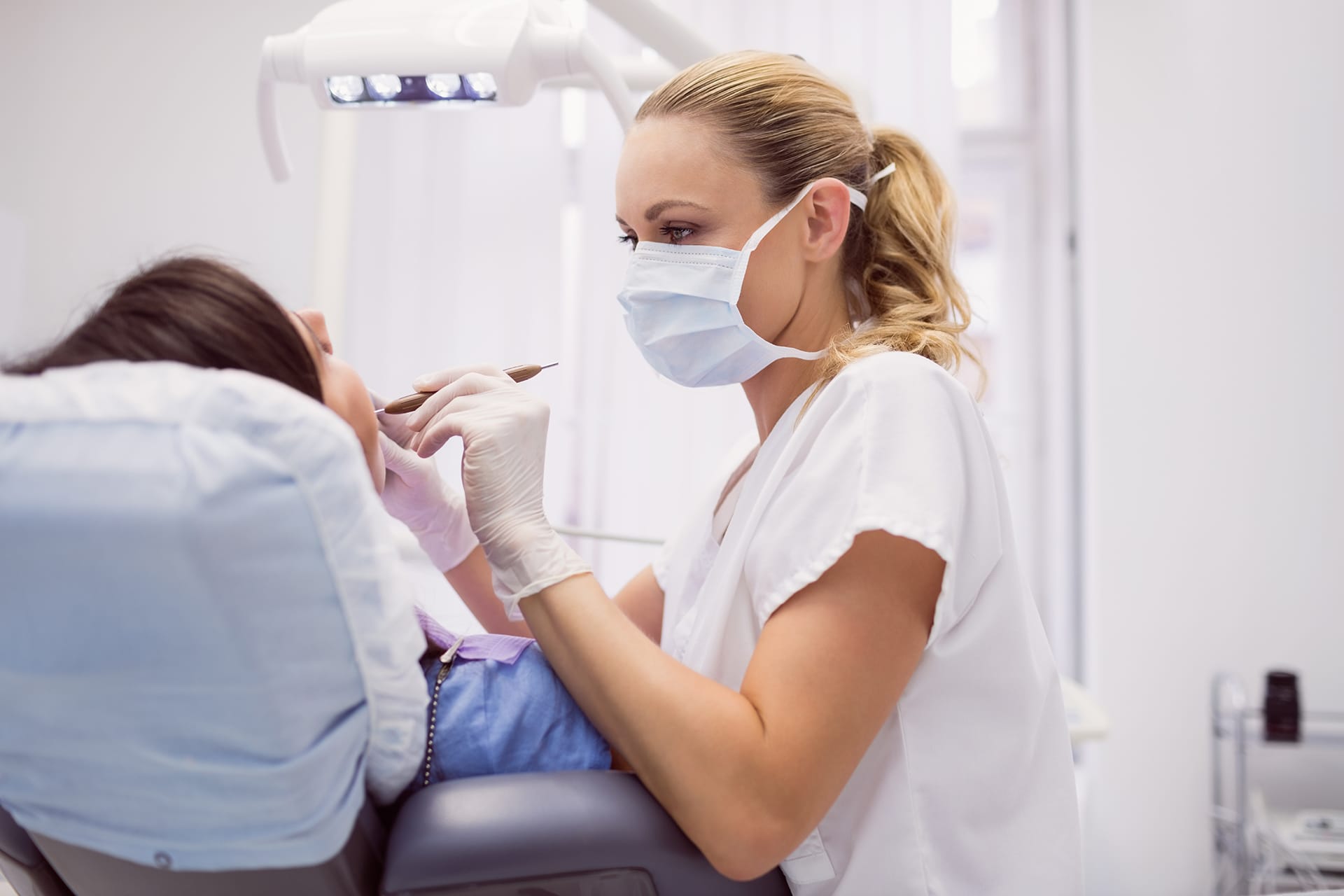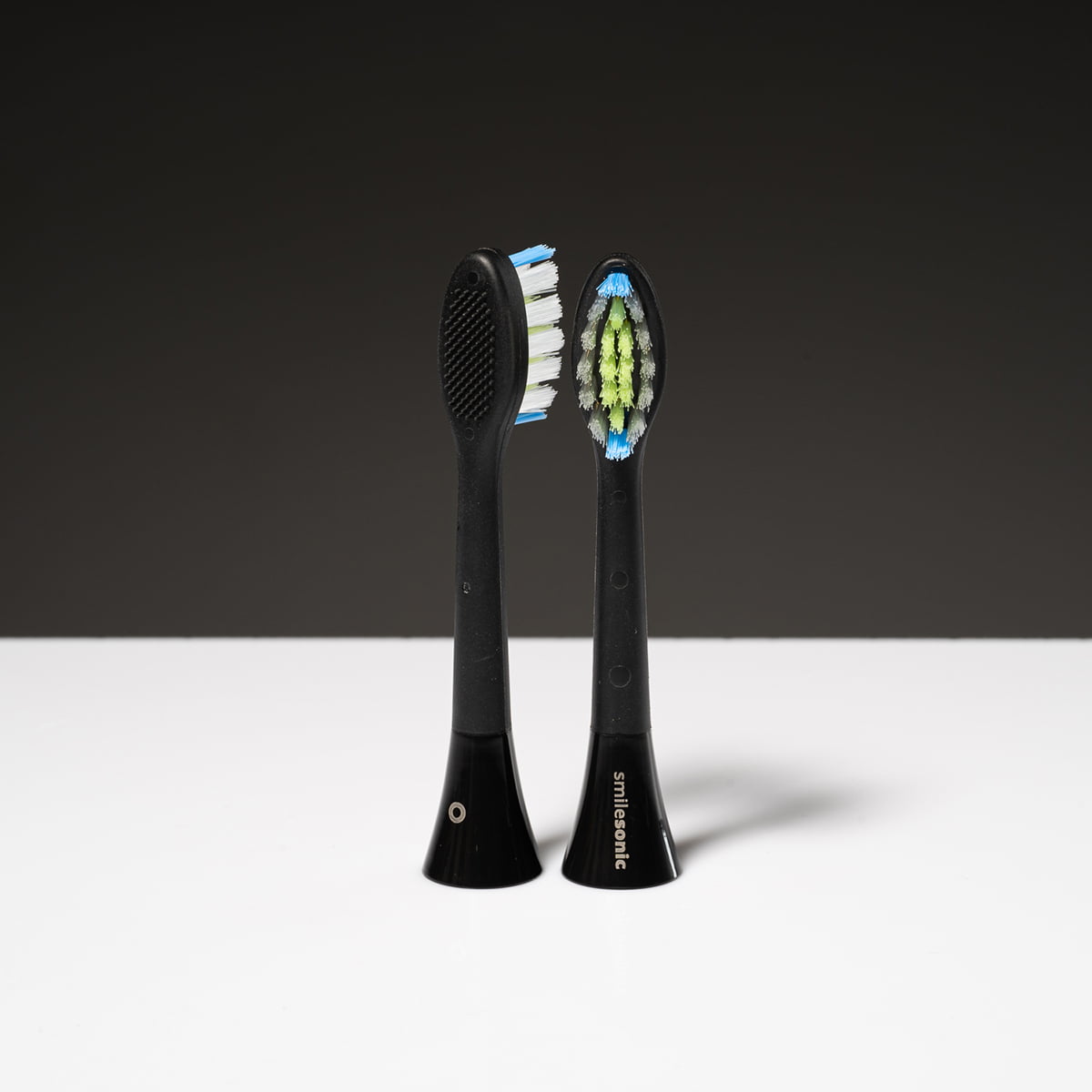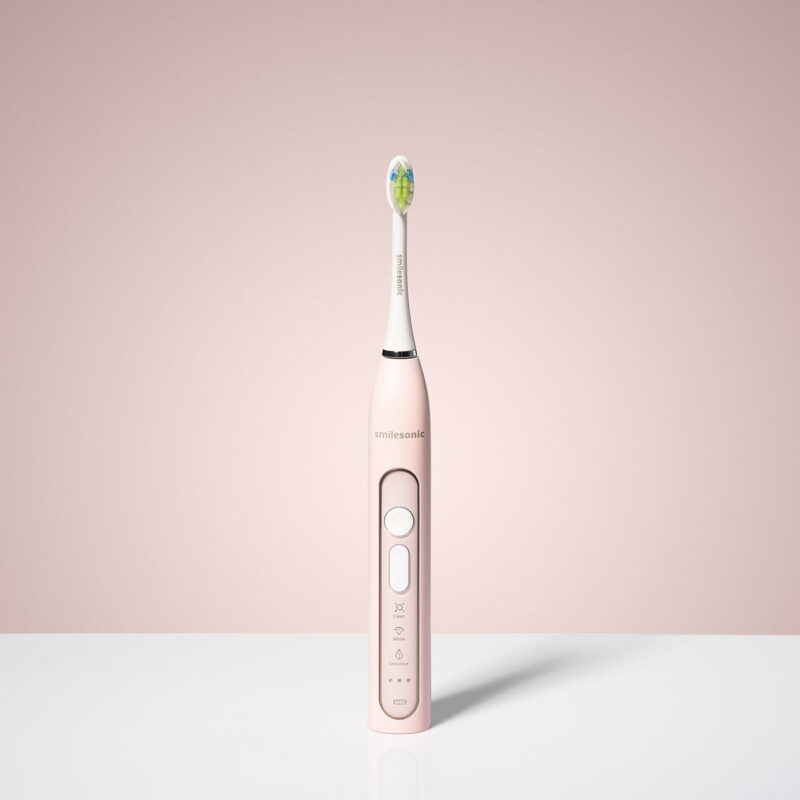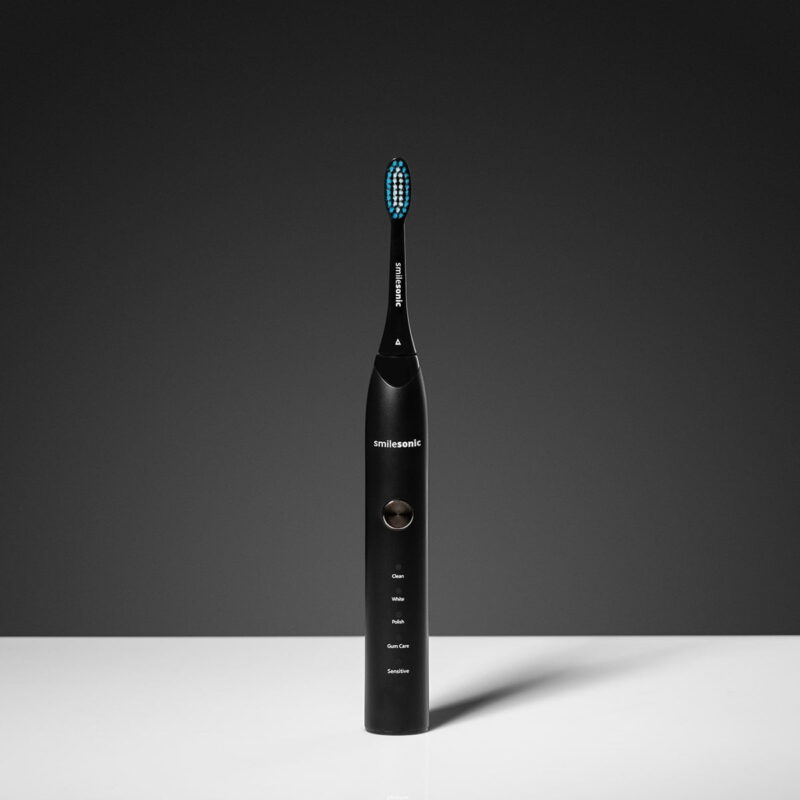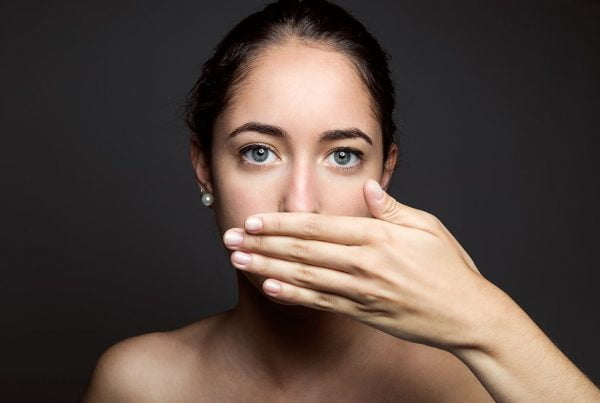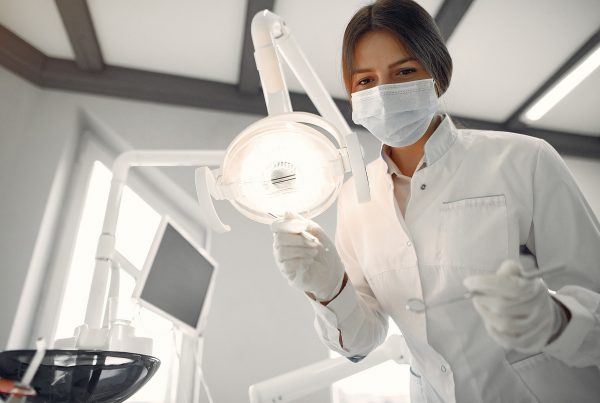What are the differences between plaque and tartar?
From our earliest years, our parents try to instill in us the importance of regular tooth brushing. This activity is supposed to protect teeth from dangerous diseases, provide them with a beautiful, white appearance. This we all know. However, it is worthwhile to learn a little more about the consequences that may arise due to negligence in the basic care activities. In order to do that, we need to understand what dental plaque and tartar are. We invite you to read!
Dental plaque is the deposit that forms on teeth immediately after brushing them
It is practically impossible to avoid bacteria settling on teeth. Microorganisms enter our oral cavity with every meal we eat and every liquid we drink. Although brushing the teeth allows to neutralize them, it does not change the fact that a few minutes after brushing the mouth bacteria get into our mouth again. This process cannot be stopped.
However, you don’t have to panic. Bacteria that do not stay in the mouth too long do not have a carious character. It is enough that, according to the dentists’ recommendations, we brush our teeth 2-3 times a day and effectively prevent their further development. The first plaque that appears in our mouth is the dental plaque. They consist mainly of food debris and substances contained in saliva. As mentioned above, dental plaque is not dangerous, it is a soft deposit and therefore easy to remove by home means. The problem begins when the plaque transforms into tartar.
Tartar, i.e., mineralized plaque
Many people equate plaque with tartar, but these are two different deposits. Tartar is much more dangerous than plaque. You can write that it is its next, more advanced incarnation. When the plaque is not removed by us for a long time (a few days are enough for that), it slowly begins to undergo the process of mineralization. The deposit becomes hard and acquires a more intense, yellowish or brown shade. This is how tartar is born.
For most people, tartar is mainly an aesthetic problem – it causes our teeth to lose their natural color. Some people also complain about unpleasant odor from their mouth due to tartar. However, tartar may also have much more serious consequences. Over time, its layer keeps getting thicker, gradually destroying our teeth. As a result, caries and periodontal diseases appear.
How to get rid of tartar?
Unfortunately, in the case of tartar formation, basic care activities are not enough. You cannot get rid of it by brushing or flossing. The only solution in such a situation is to visit the dentist’s office and undergo scaling. What does it consist in? Nowadays it is most often carried out with the use of laser method, which is based on the elimination of tartar from teeth with the use of a special laser, or with the use of ultrasound method, which enables to get rid of harmful deposits with the use of ultrasound.
In addition to scaling, sandblasting is often performed in the dental office. This is a procedure during which the specialist gently grinds and smooths the teeth, removing any remaining tartar. Sandblasting perfectly lightens the enamel, restoring an attractive color to our teeth.
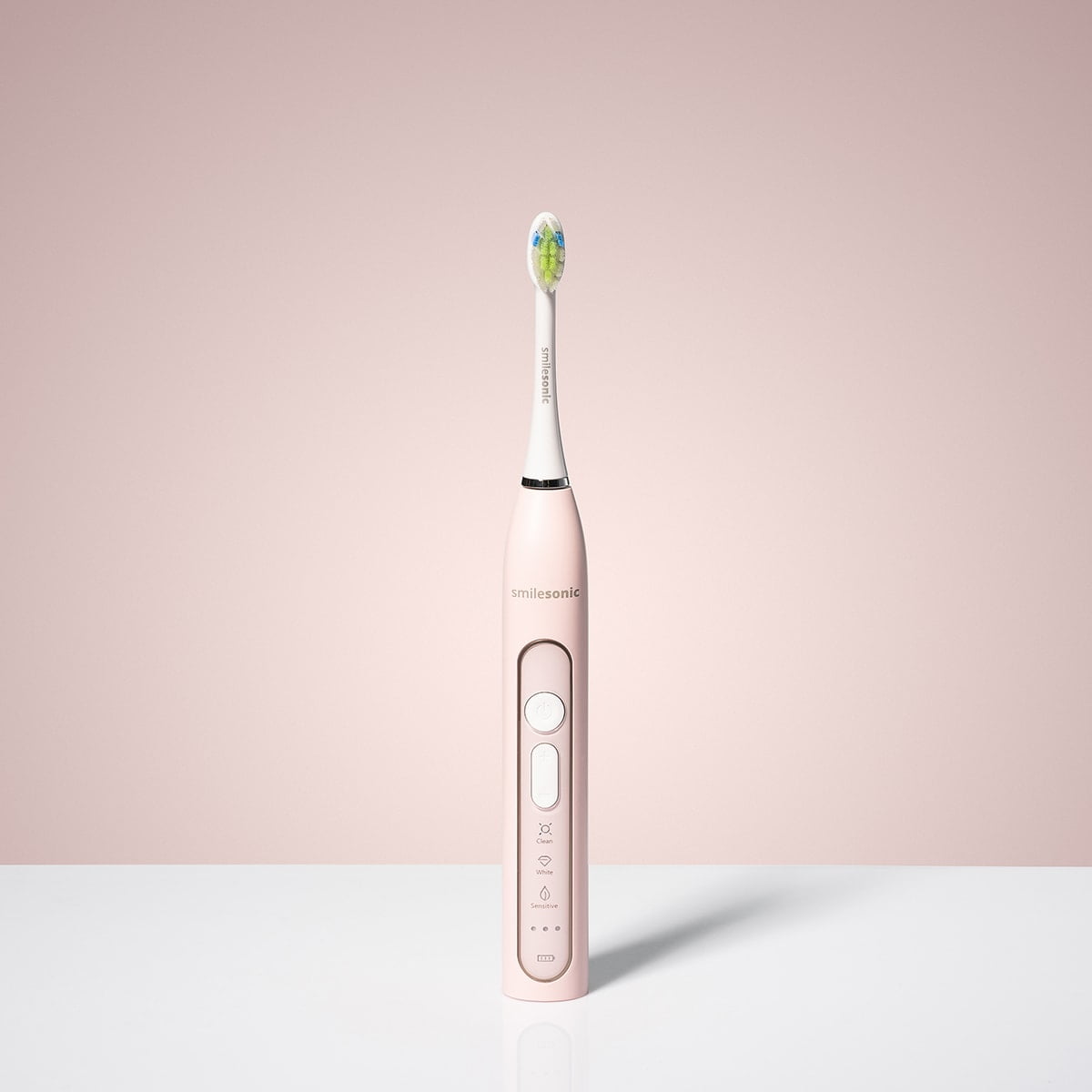
479,00 złSelect options
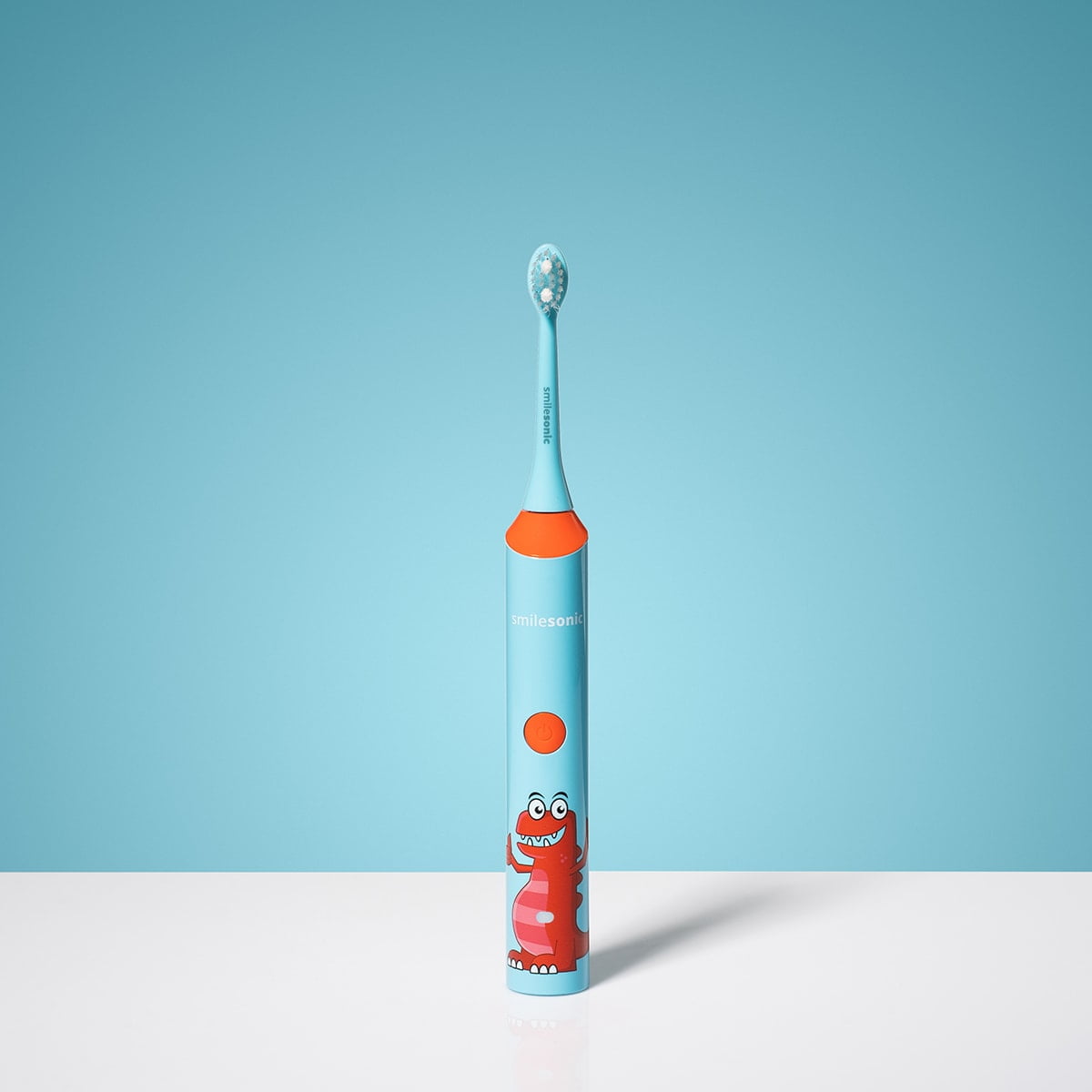
219,00 złSelect options
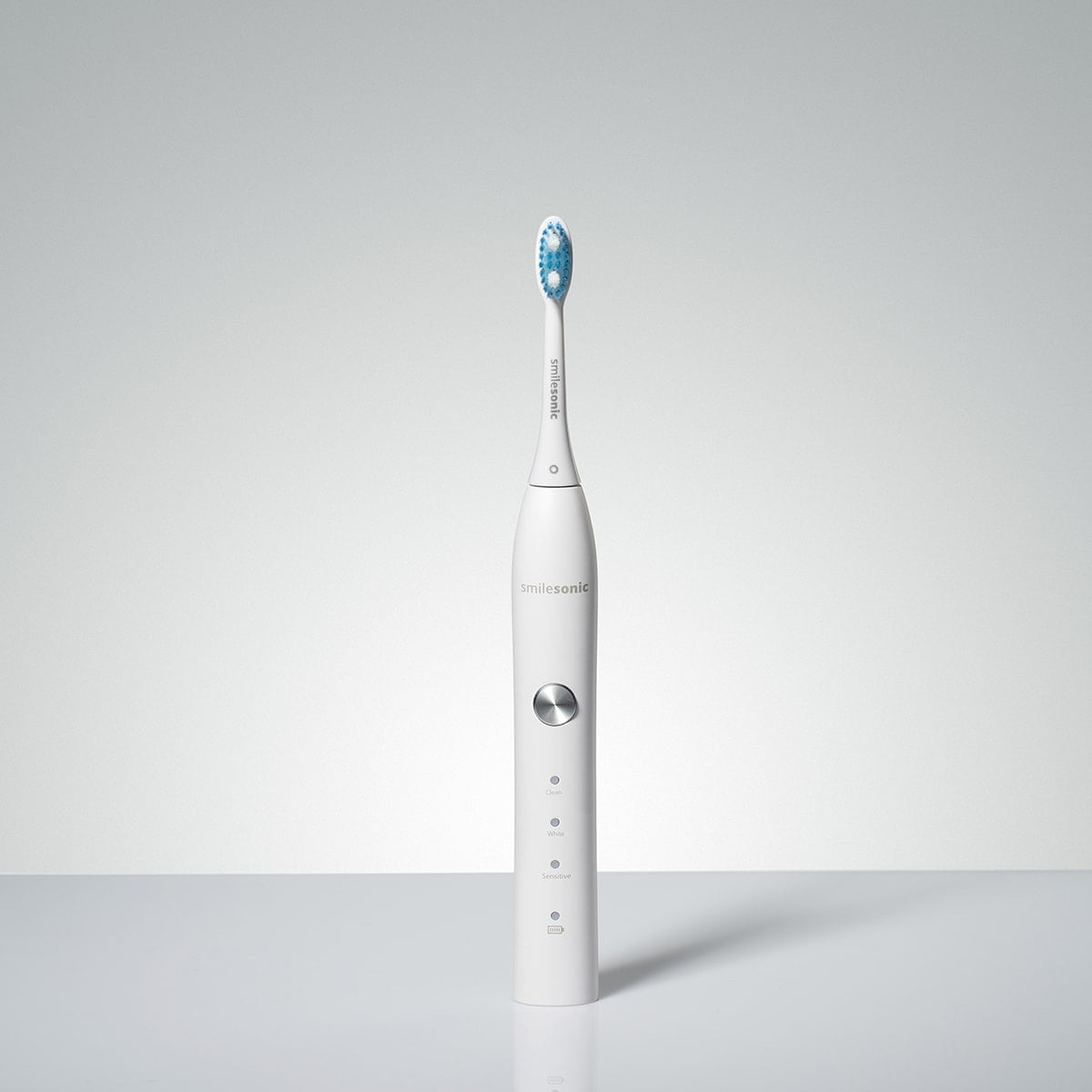
299,00 złSelect options
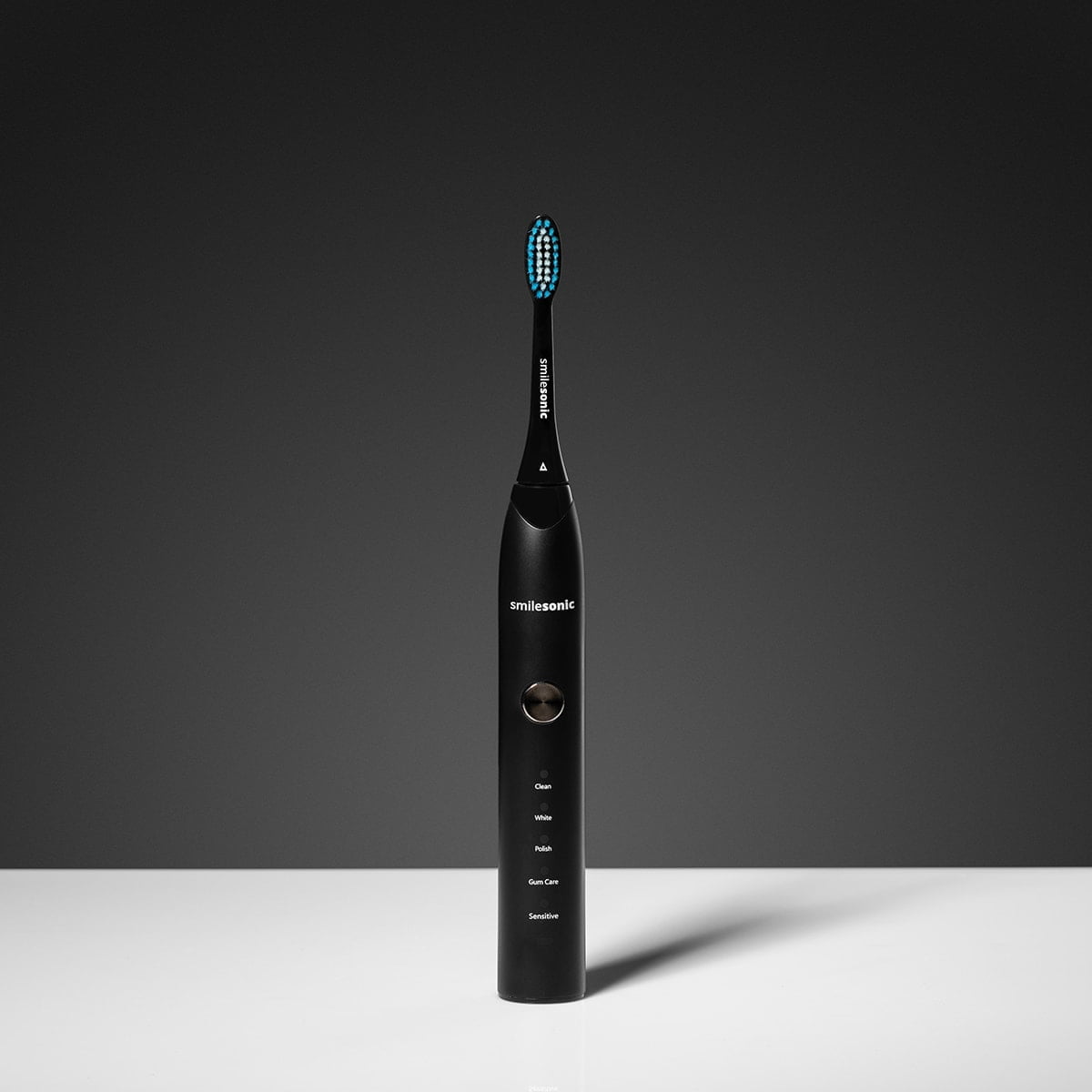
379,00 złSelect options
Proper oral hygiene is key
Prevention is the most important thing. If you take proper care of the condition of your oral cavity, tartar will not have room to play, and problems with caries and periodontal disease will not affect you. We have already mentioned that you should brush your teeth at least 2-3 times a day. This should be done using a sweeping motion, moving the cleaning head vertically from the gum line to the crown of the teeth. Brushing should last about 2-3 minutes and should be supplemented with flossing to remove debris from hard-to-reach places. It is also a good idea to use mouthwashes to help remove plaque from places that are inaccessible to brushing and flossing.
Apart from proper oral hygiene, our lifestyle is also important in plaque prevention. In order to protect ourselves from plaque and tartar, we recommend:
- limit sweets and sugar – sweets are the main breeding ground for carious bacteria. You do not have to give them up completely, but it is worth reducing their consumption to minimum;
- stop smoking cigarettes – tobacco smoke contains many substances, which adversely discolor and demineralize teeth. If you are a smoker, seriously consider giving up this harmful habit;
- limit drinking coffee and tea – most of us consume these beverages at least several times a day, yet they leave intense stains on our teeth, which are difficult to remove, and they also make it easier for plaque to settle on our enamel. Instead of coffee and tea, you should drink more water every day.
A sonic toothbrush can help protect you from plaque
To maximize the quality of your daily hygiene, you can also invest in a sonic toothbrush. The Smilesonic sonic toothbrushes offered in our online store can remove up to 100% (!) of plaque from your mouth, and they make brushing your teeth extremely comfortable, as they don’t require you to make any movements yourself – they do all the work automatically. Our toothbrushes offer several different cleaning modes, including Clean and White, which are designed to effectively remove plaque.
